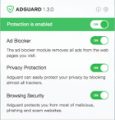What is AdminLink
AdminLink is a potentially unwanted application (PUA) that falls under the category of Adware . Adware software is unwanted software designed to throw advertisements up on your browser screen. Adware generates money for its developer by periodically displaying a large count of ads and pop up deals. You might experience a change in your home page or search provider, new tabs opening or even a redirect to malicious web-sites.
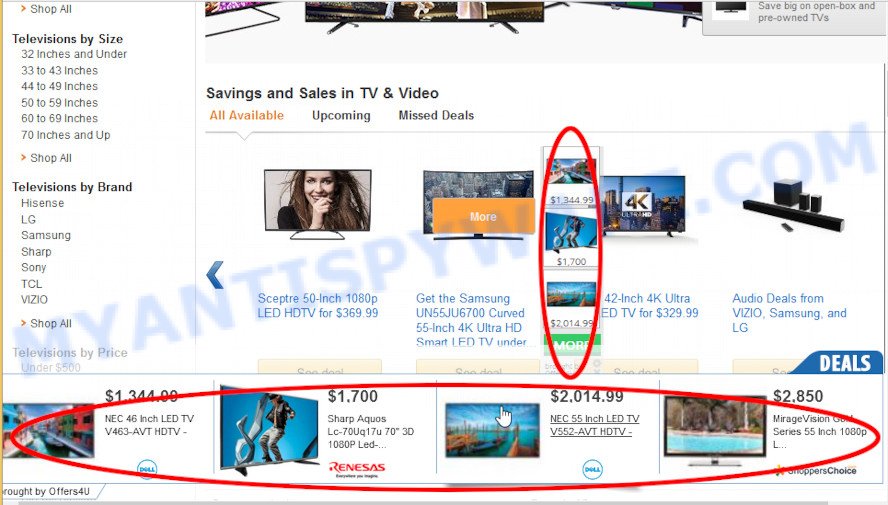
Unwanted ads
Does adware steal your data? Adware software can have spyware and keyloggers built into the application, leading to greater damage to your Apple Mac and possible invasion of your privacy information.
How does AdminLink get on your MAC
The majority of adware gets onto computer by being attached to free software or even paid programs that Web users can easily download online. The installers of such software, most commonly, clearly display that they will install bundled applications. The option is given to users to stop the install of any bundled apps. So, in order to avoid the installation of any adware: read all disclaimers and install screens very carefully, select only Custom or Advanced installation mode and uncheck all third-party apps in which you are unsure.
Threat Summary
| Name | AdminLink, AdminLink 1.0 app |
| Type | adware, potentially unwanted application (PUA), pop-up virus, popup ads, pop-ups |
| Symptoms |
|
| Removal | AdminLink removal guide |
How to Remove AdminLink (removal tutorial)
There are several steps to deleting the AdminLink adware, because it installs itself so deeply into the computer. You need to uninstall all suspicious and unknown applications, then get rid of malicious extensions from the Google Chrome, Mozilla Firefox and Safari and other browsers you’ve installed. Finally, you need to reset your web-browser settings to get rid of any changes the adware has made, and then scan your MAC OS with MalwareBytes AntiMalware to ensure the adware is fully removed. It will take a while.
To remove AdminLink, execute the steps below:
- Remove profiles created by AdminLink
- Uninstall AdminLink related applications through the Finder
- Remove AdminLink related files and folders
- Scan your Mac with MalwareBytes
- Remove AdminLink from Safari, Chrome, Firefox
- How to stay safe online
- Finish words
Remove profiles created by AdminLink
AdminLink can install a configuration profile on the Mac system to block changes made to the browser settings. Therefore, you need to open system preferences, find and delete the profile installed by the adware.
Click the System Preferences icon ( ![]() ) in the Dock, or choose Apple menu (
) in the Dock, or choose Apple menu ( ![]() ) > System Preferences.
) > System Preferences.
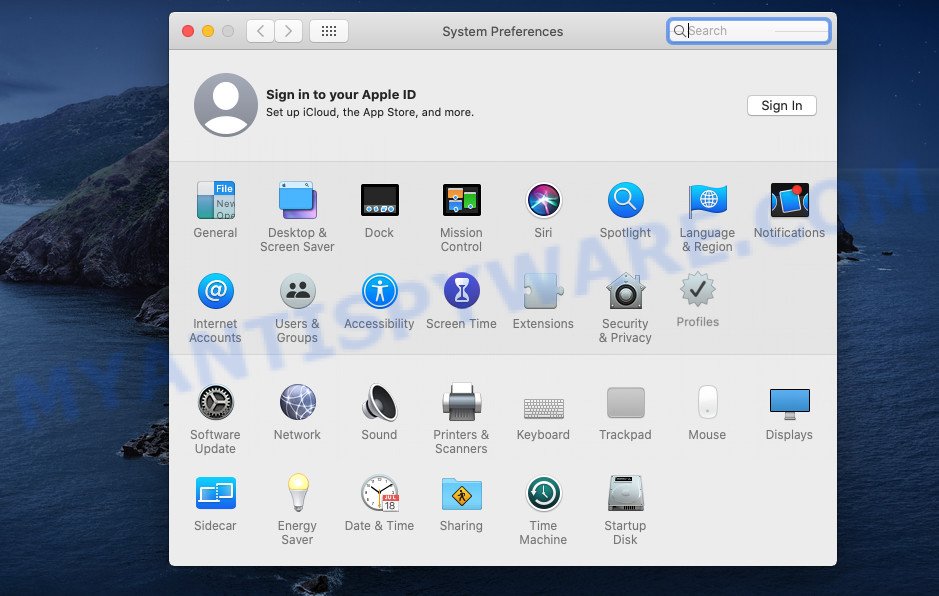
In System Preferences, click Profiles, then select a profile associated with AdminLink.
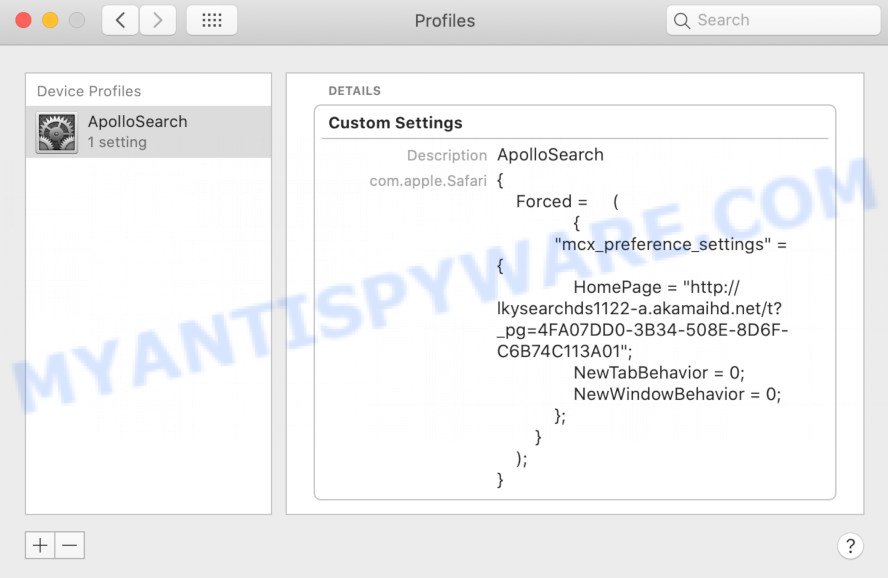
Click the minus button ( – ) located at the bottom-left of the Profiles screen to remove the profile.
Note: if you do not see Profiles in the System Preferences, that means there are no profiles installed on your Mac, which is normal.
Uninstall AdminLink related applications through the Finder
Go to the Finder and delete suspicious applications, all programs you do not remember installing. It is important to pay the most attention to applications you have recently installed. If you do not know what a program does, look for the answer on the Web.
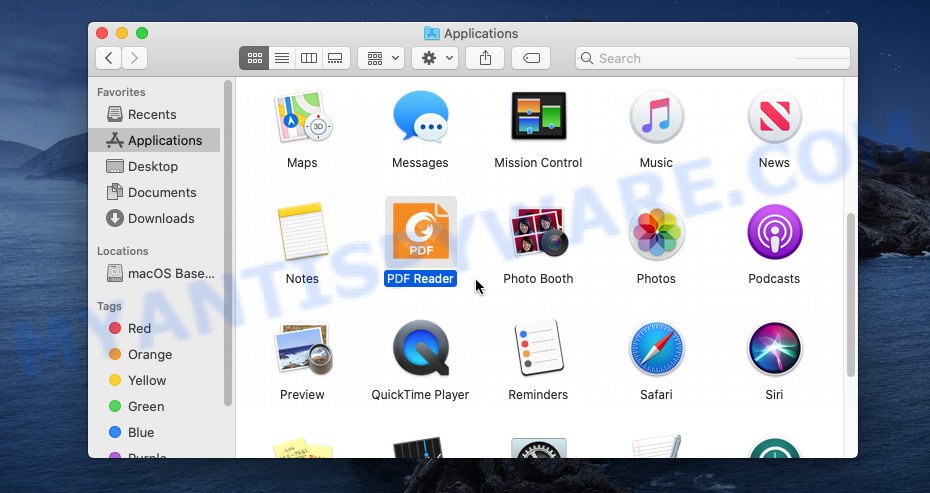
- Open the Finder.
- Click “Applications”.
- It will show a list of all software installed on the Apple Mac.
- Scroll through the all list, and remove questionable and unknown programs. Pay maximum attention to the program you installed last.
- Drag the questionable program from the Applications folder to the Trash.
- Empty Trash.
Remove AdminLink related files and folders
Now you need to try to find AdminLink related files and folders, and then delete them manually. You need to look for these files in certain directories. To quickly open them, we recommend using the “Go to Folder…” command.
Click on the Finder icon. From the menu bar, select Go and click “Go to Folder…”. As a result, a small window opens that allows you to quickly open a specific directory.

Check for AdminLink generated files in the /Library/LaunchAgents folder

In the “Go to Folder…” window, type the following text and press Go:
/Library/LaunchAgents
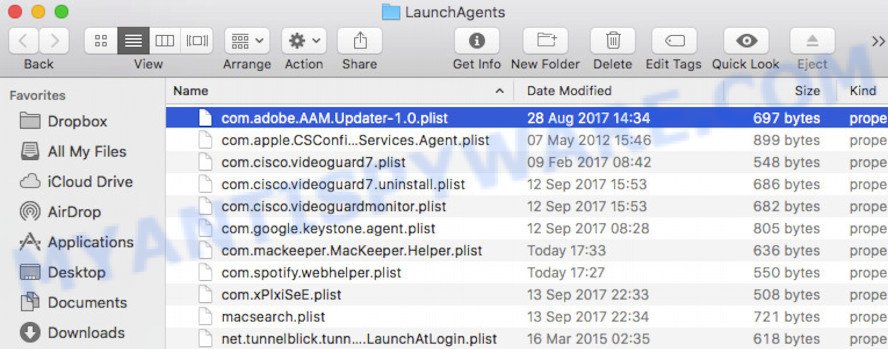
This will open the contents of the “/Library/LaunchAgents” folder. Look carefully at it and pay special attention to recently created files, as well as files that have a suspicious name. Move all suspicious files to the Trash. A few examples of files: AdminLink.plist, macsearch.plist, installapp.plist, com.machelper.plist and search.plist. Most often, adware software, PUPs and browser hijackers create several files with similar names.
Check for AdminLink generated files in the /Library/Application Support folder

In the “Go to Folder…” window, type the following text and press Go:
/Library/Application Support
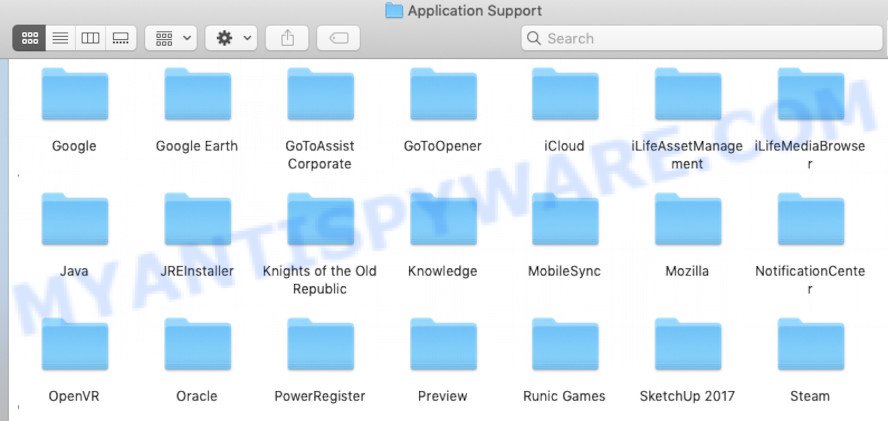
This will open the contents of the “Application Support” folder. Look carefully at its contents, pay special attention to recently added/changed folder. Move all suspicious folders to the Trash.
Check for AdminLink generated files in the “~/Library/LaunchAgents” folder

In the “Go to Folder…” window, type the following text and press Go:
~/Library/LaunchAgents

Proceed in the same way as with the “/Library/LaunchAgents” and “/Library/Application Support” folders. Look for suspicious and recently added files. Move all suspicious files to the Trash.
Check for AdminLink generated files in the /Library/LaunchDaemons folder
In the “Go to Folder…” window, type the following text and press Go:
/Library/LaunchDaemons

Carefully browse the entire list of files and pay special attention to recently created files, as well as files that have a suspicious name. Move all suspicious files to the Trash. A few examples of files to be deleted: com.macsearch.plist, com.machelper.plist, com.search.plist, com.installapp.plist and com.AdminLink.plist. In most cases, potentially unwanted programs, browser hijackers and adware create several files with similar names.
Scan your Mac with MalwareBytes
We suggest using MalwareBytes. You can download and install MalwareBytes Free to look for and remove AdminLink related programs from your Mac. When installed and updated, the malware remover automatically searches for and removes all security threats present on the Apple Mac.
Installing the MalwareBytes is simple. First you will need to download MalwareBytes on your machine from the link below.
21024 downloads
Author: Malwarebytes
Category: Security tools
Update: September 10, 2020
After downloading is done, close all apps and windows on your MAC system. Run the saved file. Follow the prompts.
The MalwareBytes will automatically start and you can see its main screen as displayed on the screen below.
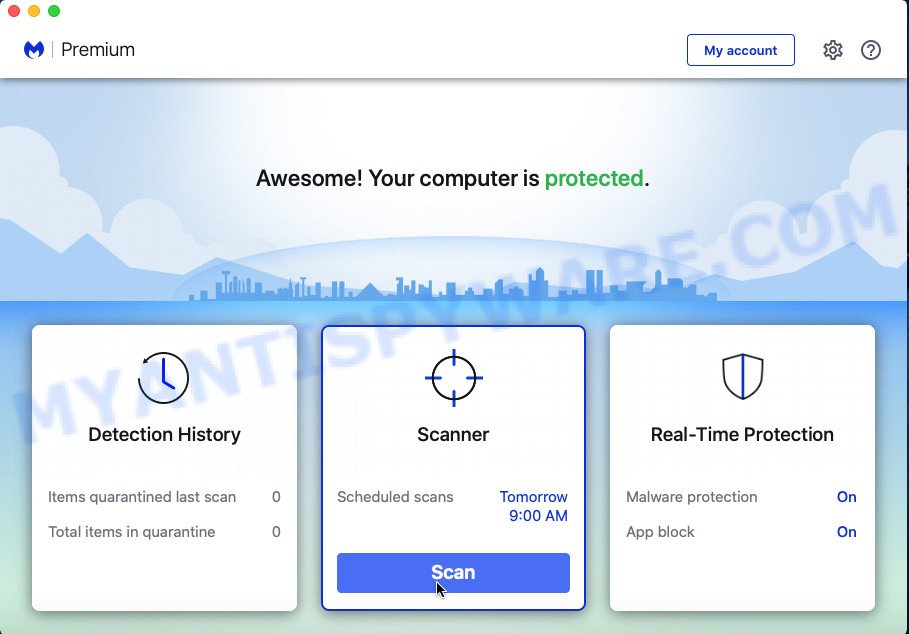
Now press the “Scan” button to perform a system scan with this tool for the AdminLink adware. This process can take some time, so please be patient. While the MalwareBytes Anti Malware (MBAM) program is checking, you can see how many objects it has identified as threat.

As the scanning ends, a list of all items detected is created. In order to delete all items, simply press the “Quarantine” button. The MalwareBytes Anti Malware will start to remove AdminLink adware.
Remove AdminLink from Safari, Chrome, Firefox
This step will show you how to remove harmful extensions. This can remove AdminLink adware and fix some surfing issues, especially after adware software infection.
You can also try to get rid of AdminLink by reset Chrome settings. |
If you are still experiencing problems with AdminLink adware removal, you need to reset Mozilla Firefox browser. |
|
How to stay safe online
If you surf the Internet, you can’t avoid malvertising. But you can protect your browser against it. Download and use an ad blocker program. AdGuard is an ad blocker that can filter out a large count of of the malicious advertising, blocking dynamic scripts from loading malicious content.
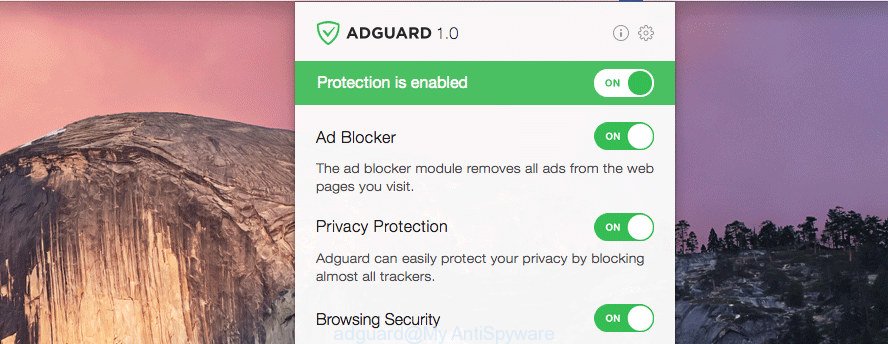
- Visit the following page to download the latest version of AdGuard for Apple Mac.
AdGuard for Mac download
3782 downloads
Author: © Adguard
Category: Security tools
Update: January 17, 2018
- After the downloading process is done, start the downloaded file. You will see the “Setup Wizard” program window. Follow the prompts.
- Once the setup is complete, click “Skip” to close the install application and use the default settings, or click “Get Started” to see an quick tutorial that will assist you get to know AdGuard better.
- In most cases, the default settings are enough and you don’t need to change anything. Each time, when you run your MAC, AdGuard will run automatically and stop unwanted ads, block malicious and misleading web-pages.
Finish words
Now your MAC should be free of the AdminLink adware. We suggest that you keep MalwareBytes Free (to periodically scan your MAC system for new adware softwares and other malware) and AdGuard (to help you block unwanted advertisements and malicious web-sites). Moreover, to prevent any adware software, please stay clear of unknown and third party apps.
If you need more help with AdminLink related issues, go to here.

